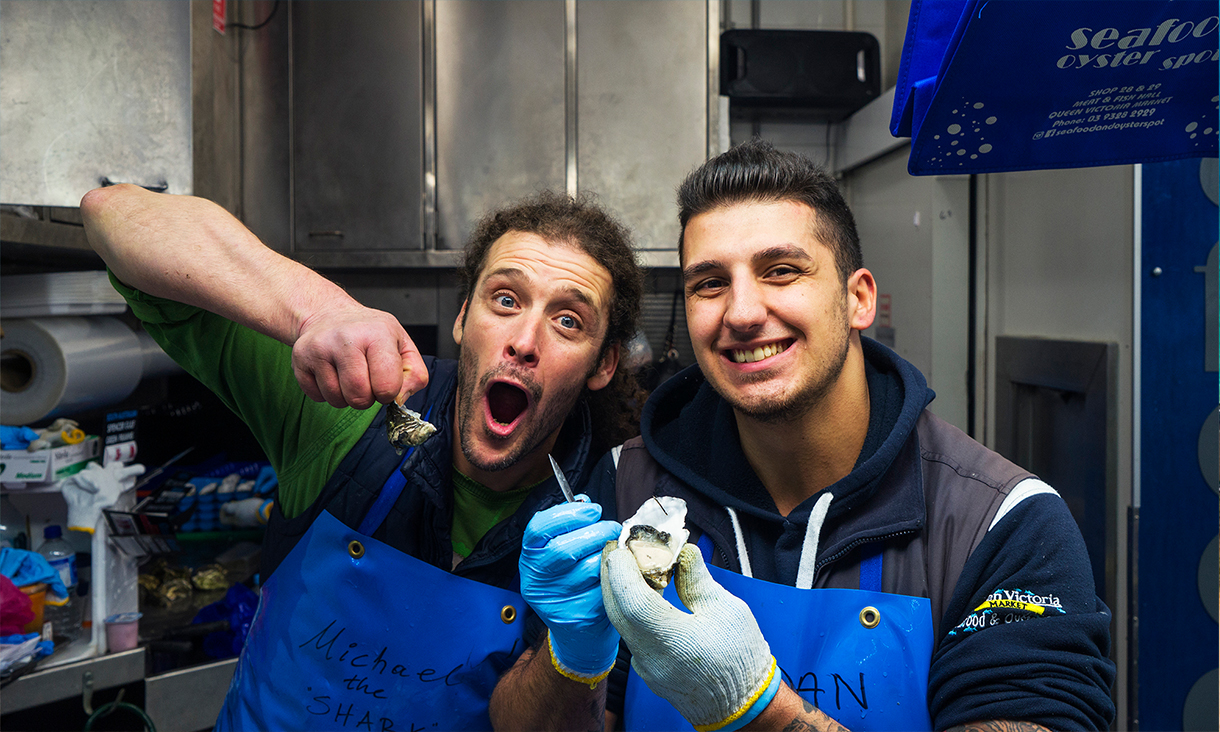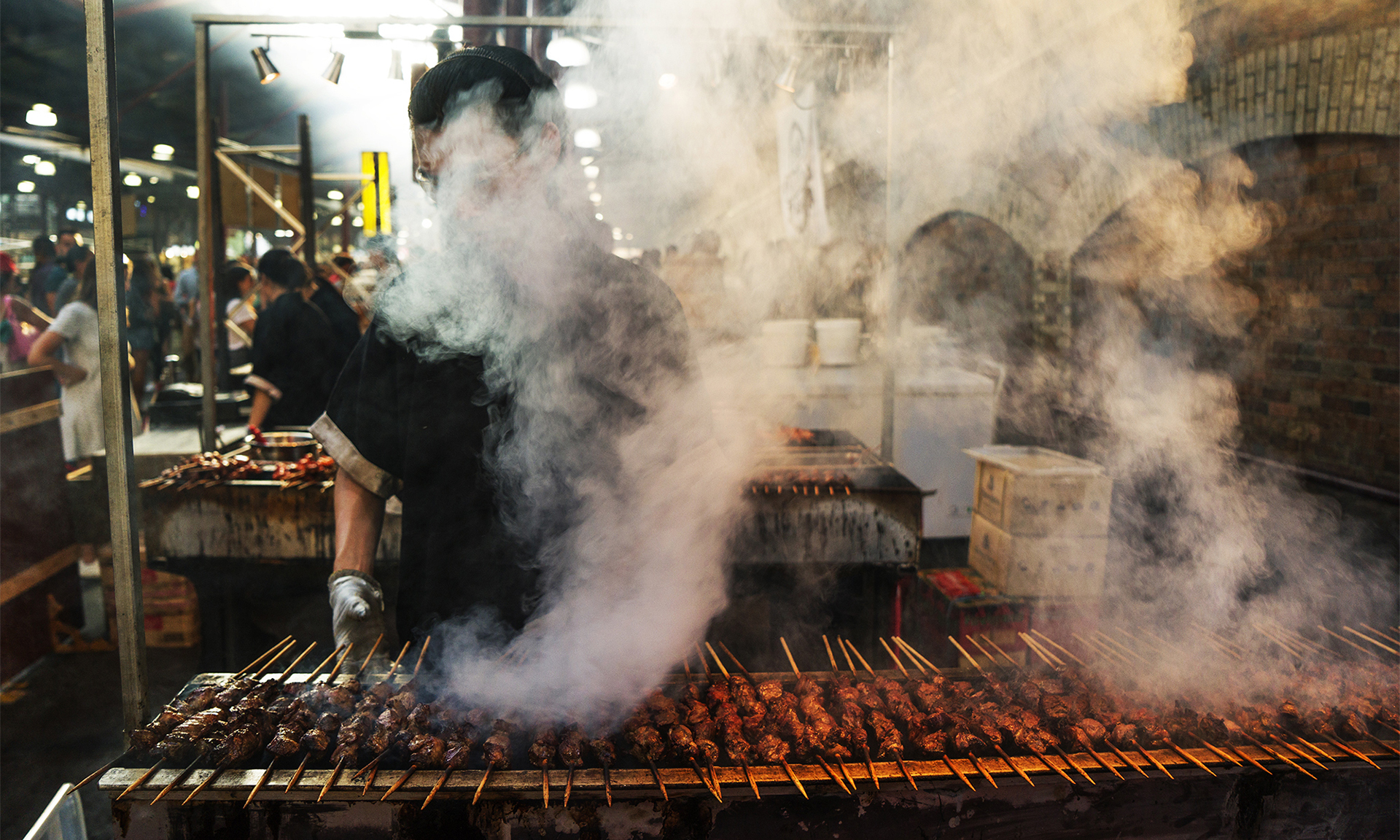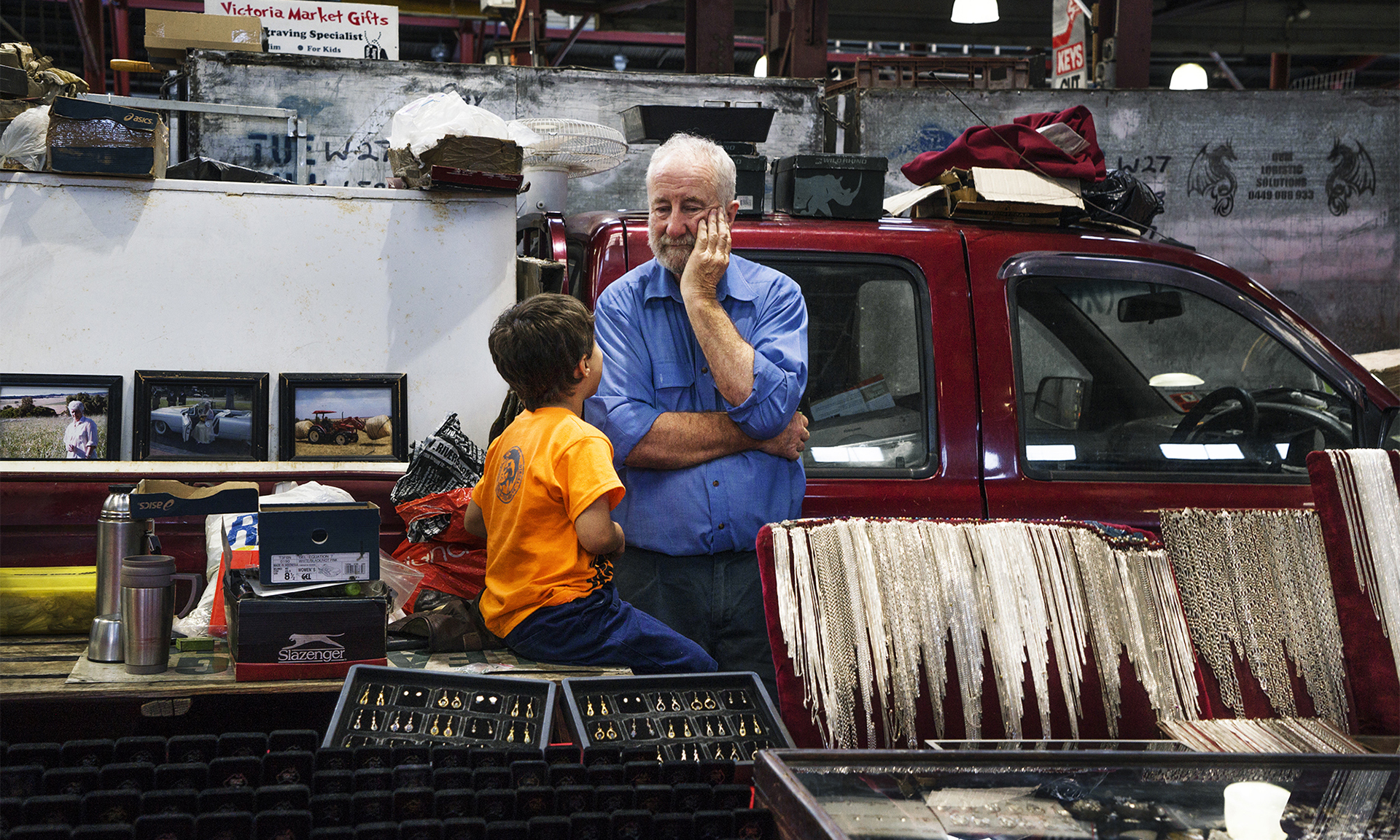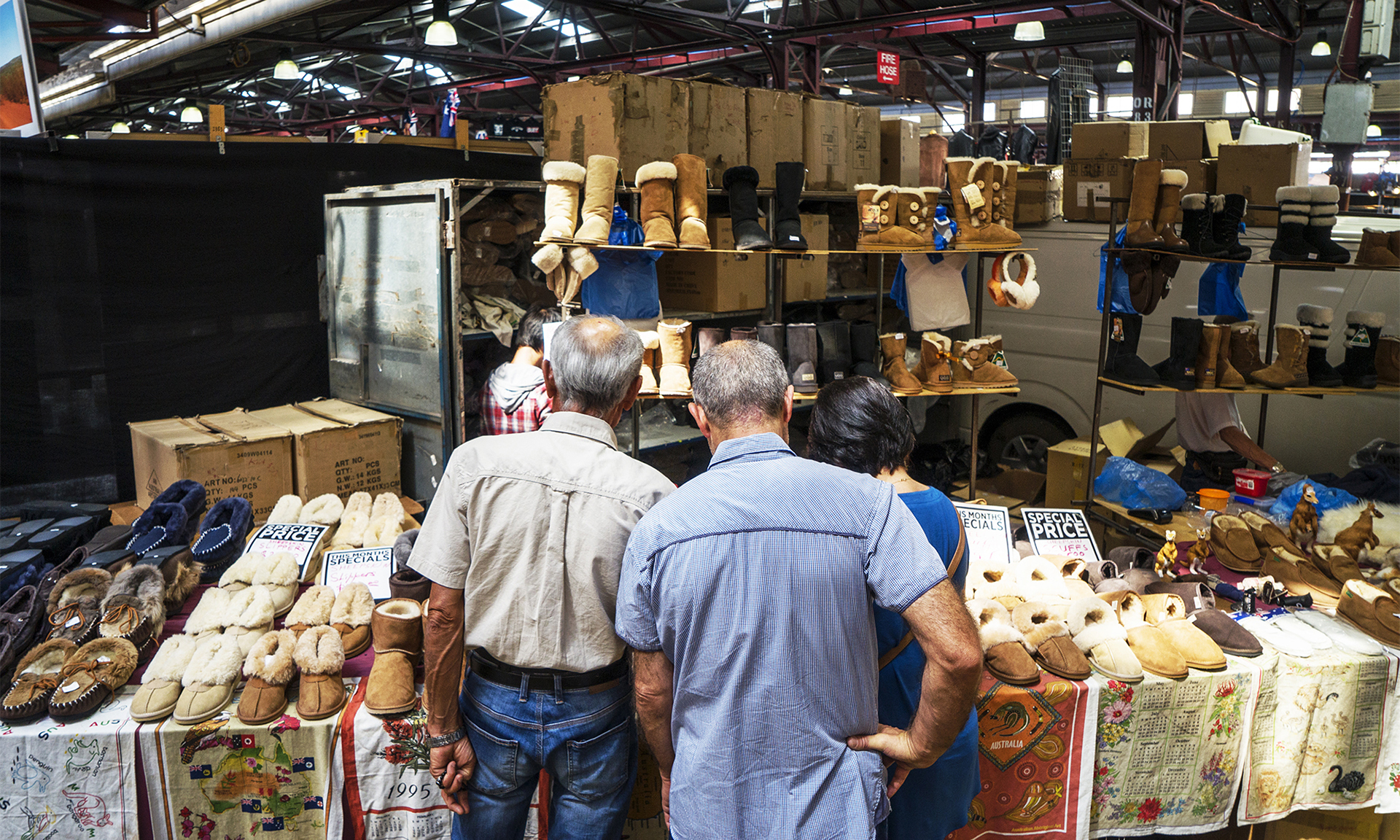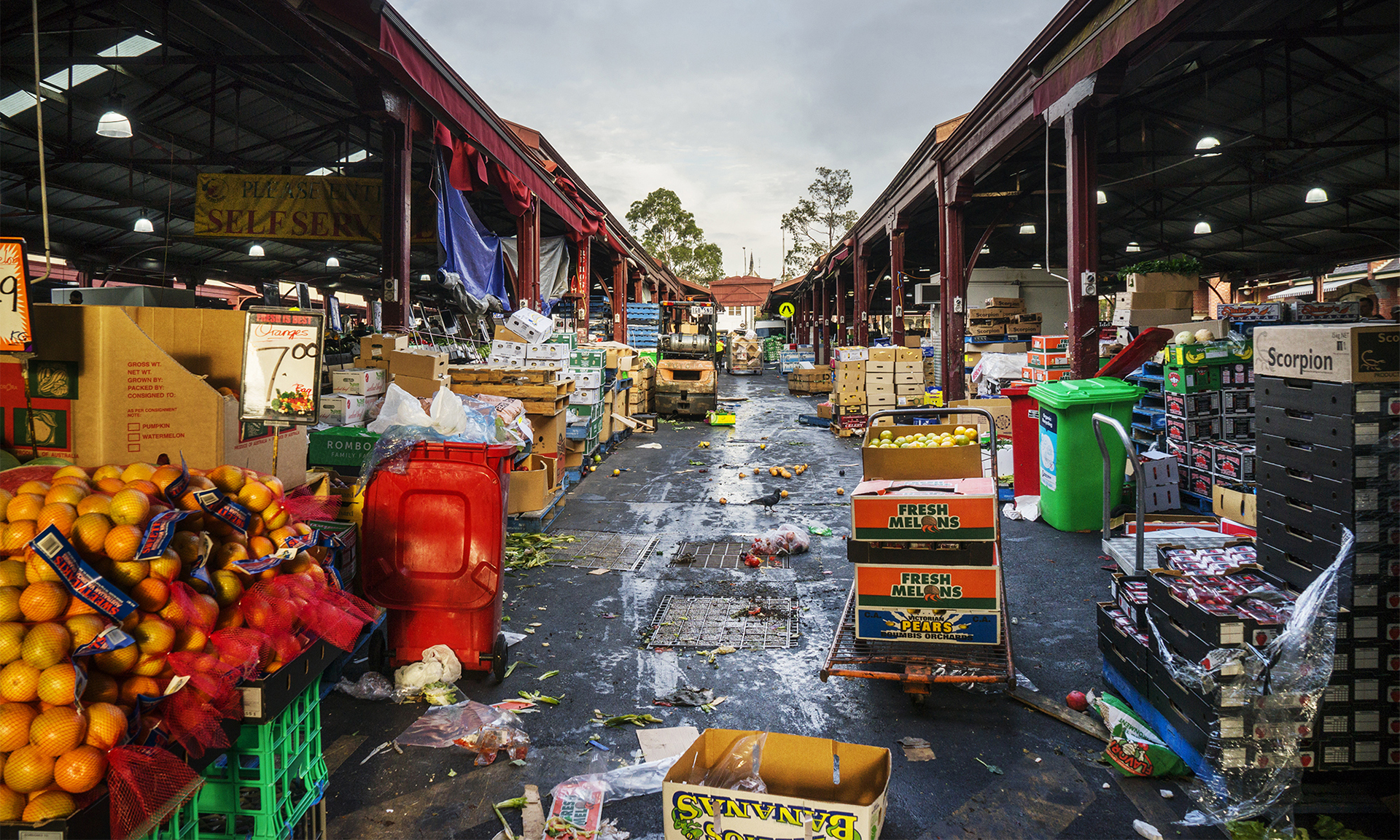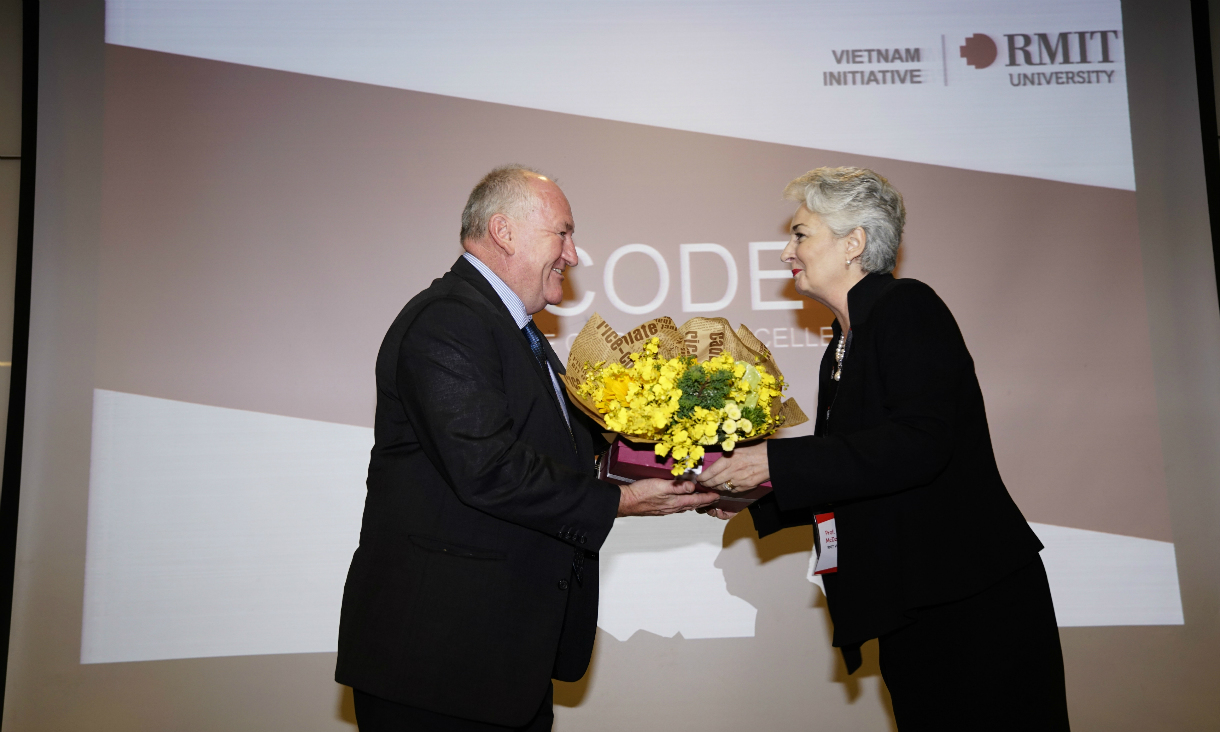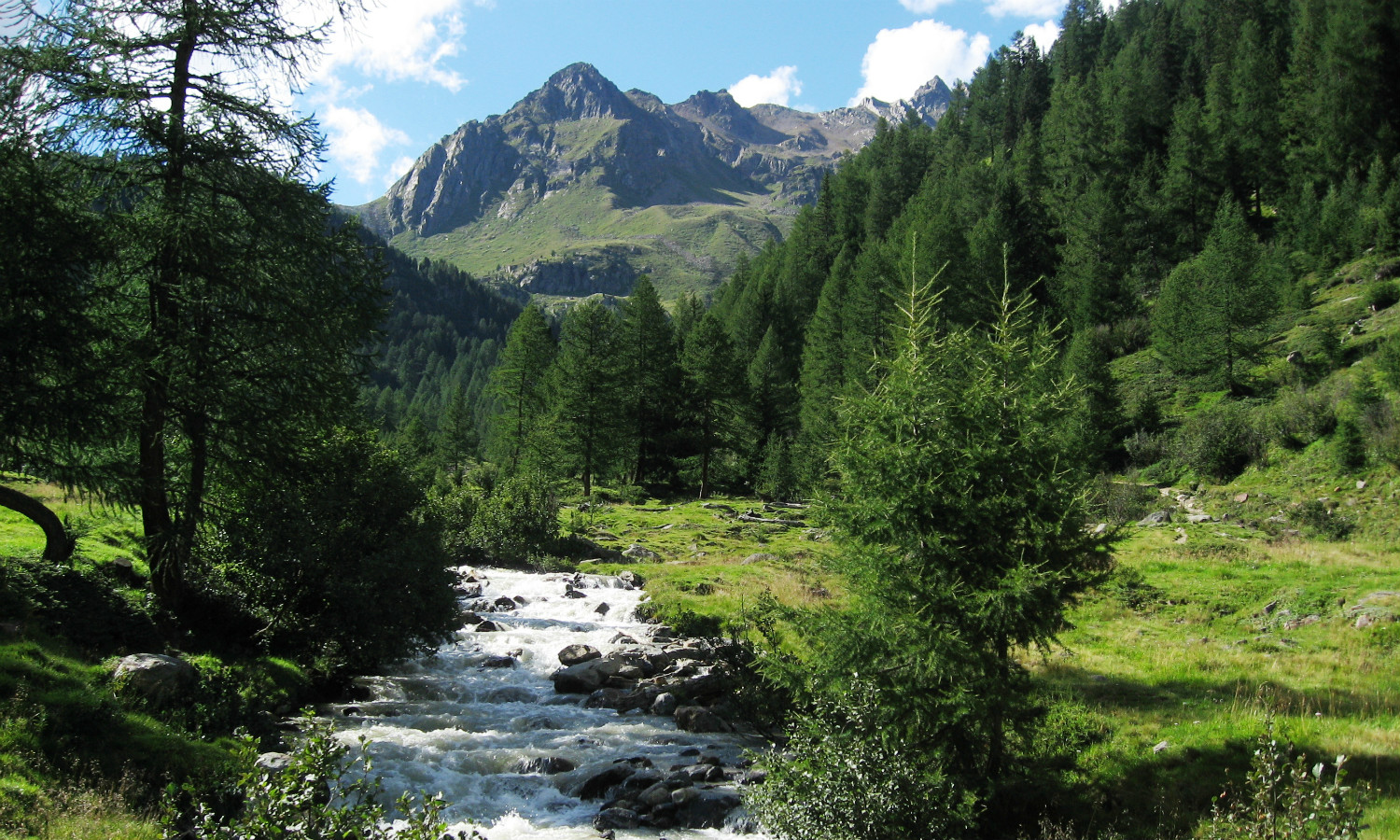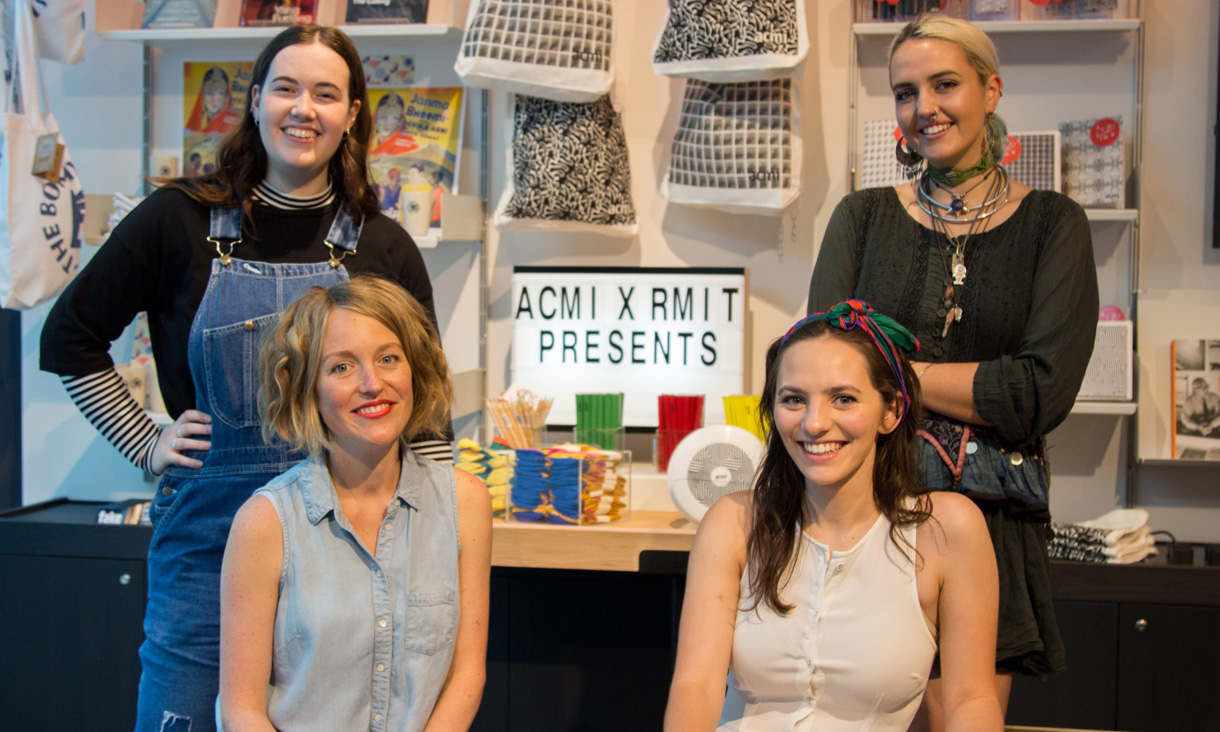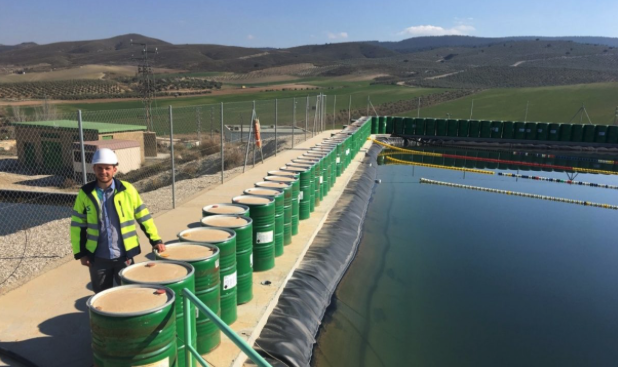RMIT Vietnam launches digital education centre
A new Centre of Digital Excellence at RMIT Vietnam has been launched by Victoria’s Minister for Training and Skills, Steven Herbert.
Research set to take European forest assessment to new heights
The use of low-cost and lightweight unmanned aerial vehicles to assess forest health in Europe is the focus of a research collaboration between RMIT and the Italian National Research Council.
RMIT students design ACMI’s first ever line of merchandise
The Australian Centre for the Moving Image (ACMI) has launched a fresh line of merchandise locally designed and produced in collaboration with RMIT textile design students.
RMIT student awarded European internship with industry leader
An RMIT engineering student has spent two months in the south of Spain working on an innovative solar energy project for one of the country's largest chemical groups.

